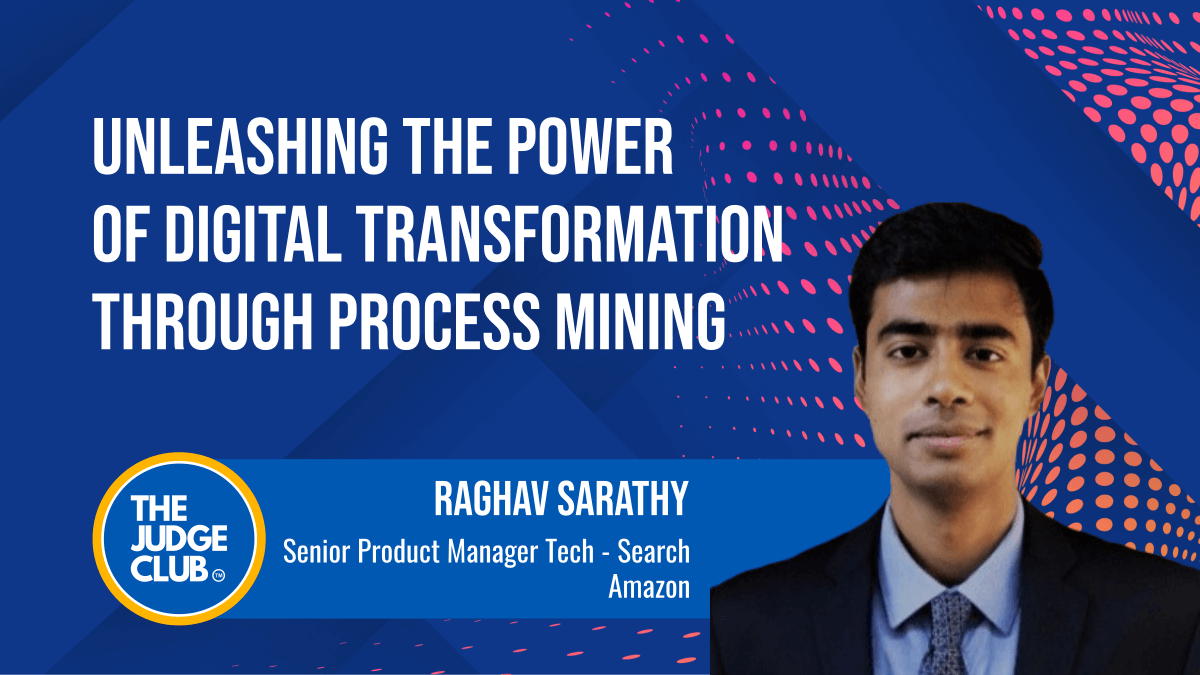In recent years, Digital transformation has become an increasingly common trend globally, gaining significant importance due to the rapid advancement of technology and the increasing adoption of digital solutions by customers and businesses. Digital transformation is beginning to be perceived as more and more important given the wide range of benefits it provides:
- Improved efficiency and lower cost: Automating processes and workflow increases efficiency and productivity while reducing manual labor costs.
- Improved customer experience: Digital solutions make the lives of customers more accessible and more convenient. This is even more pronounced with the onset of the pandemic.
- Competitive advantage: Digital products provide businesses with a competitive edge, enabling them to offer innovative products and services and reach customers in new ways.
- Data-driven insights and Agility: Digital solutions leave behind digital footprints, enabling businesses to collect and analyze large amounts of data and providing valuable insights into their business operations. This, in turn, helps companies make agile, real-time, data-driven decisions.
Digital transformation often involves a range of technology initiatives to drive business growth and innovation. Looking at the trends across the industry, some of the joint initiatives companies operate as part of their digital transformation efforts include cloud adoption, Machine Learning, Artificial Intelligence, the Internet of Things (IoT), Robotic Process Automation, and Big Data Analytics. While these are just a few examples of the critical initiatives that companies drive as part of their digital transformation efforts, an up-and-coming technology that has gained much attention in recent years is “Process Mining.”
What is Process Mining?
Process mining is a powerful tool that combines the power of technologies such as data science, big data analytics, machine learning, and process engineering. It is a data-driven approach that allows businesses and large-scale enterprises to map their process (an X-Ray for the company), analyze it, and identify opportunities for improvement.
The first step in process mining typically involves collecting digital footprints and data across various ERP, CRM, or BPM systems. This data is transformed into event logs using unique identifiers and timestamps to create a digital process map which can then be analyzed using process mining.
Process mining can be broadly classified into three main areas: process discovery, process conformance, and process intelligence:
- Process discovery involves the creation of process models from the event logs. This helps businesses use data from the different systems involved to visualize their processes “as executed” and identify bottlenecks, inefficiencies, and variations in these processes.
- Process conformance builds on the capabilities of process discovery. It enables organizations to compare the actual or “as executed” processes against the expected or “as designed” strategies based on the process models. Different factors, such as user preferences or system limitations can cause these variations. With process conformance, deviations from the expected processes and their corresponding root causes can be identified.
- Process Intelligence enables companies to incorporate proactive capabilities into their processes through process automation and data science. One such example is process mining in combination with data science and machine learning models to help businesses proactively identify and avoid potential delays and bottlenecks in their processes based on historical trends.
Process mining has benefited companies, helping them unleash the power of digital transformation to drive significant improvements across their businesses. For example, ABB has leveraged Process mining to monitor their Order to Cash, Purchase to Pay, and complaint-to-resolution processes. With operations in over 100 countries and spanning several ERP systems, process mining has helped ABB monitor millions of transactions across the globe and derive unique insights that have helped improve its existing processes. Other notable examples involve using Process mining by Comcast to save $85 million, an 800% improvement in touchless orders for L’Oréal, reduced British Telecom’s customer service cycle times by 60%, and improved customer satisfaction in Dell Tech Support by 120 bps.
Process mining has proven to be a simple yet effective tool for process management. With the availability of large amounts of data, and advancements in RPA, data science, and machine learning, process mining is here to stay. It helps companies and businesses derive immense value from their data.

